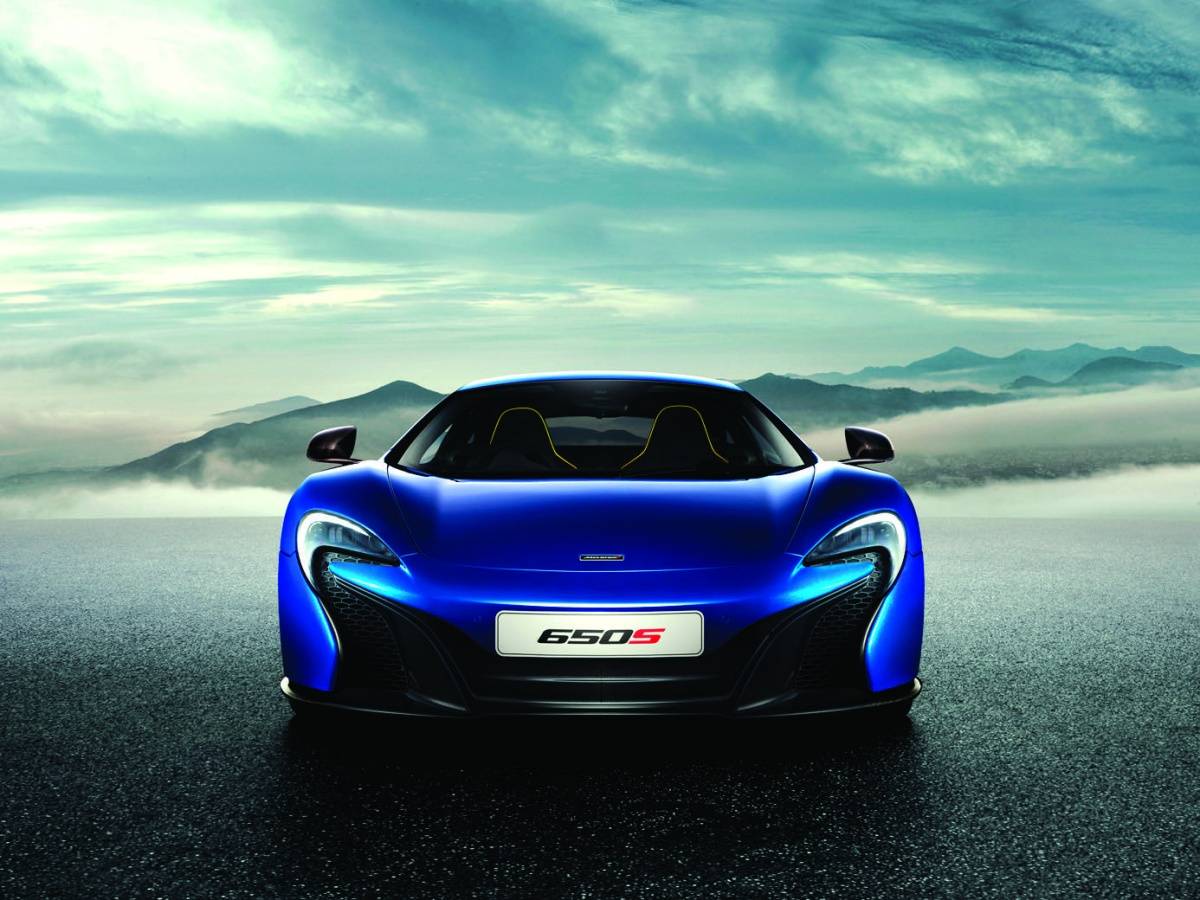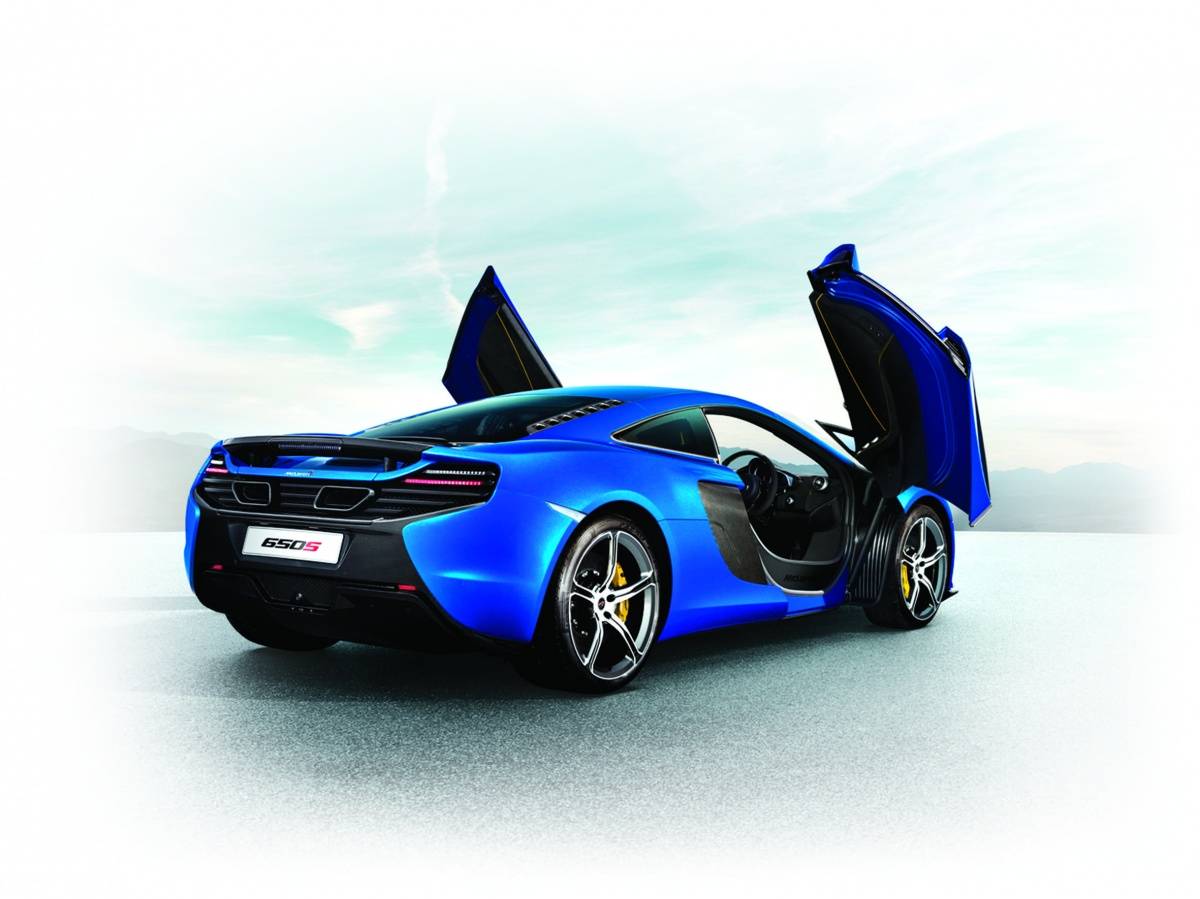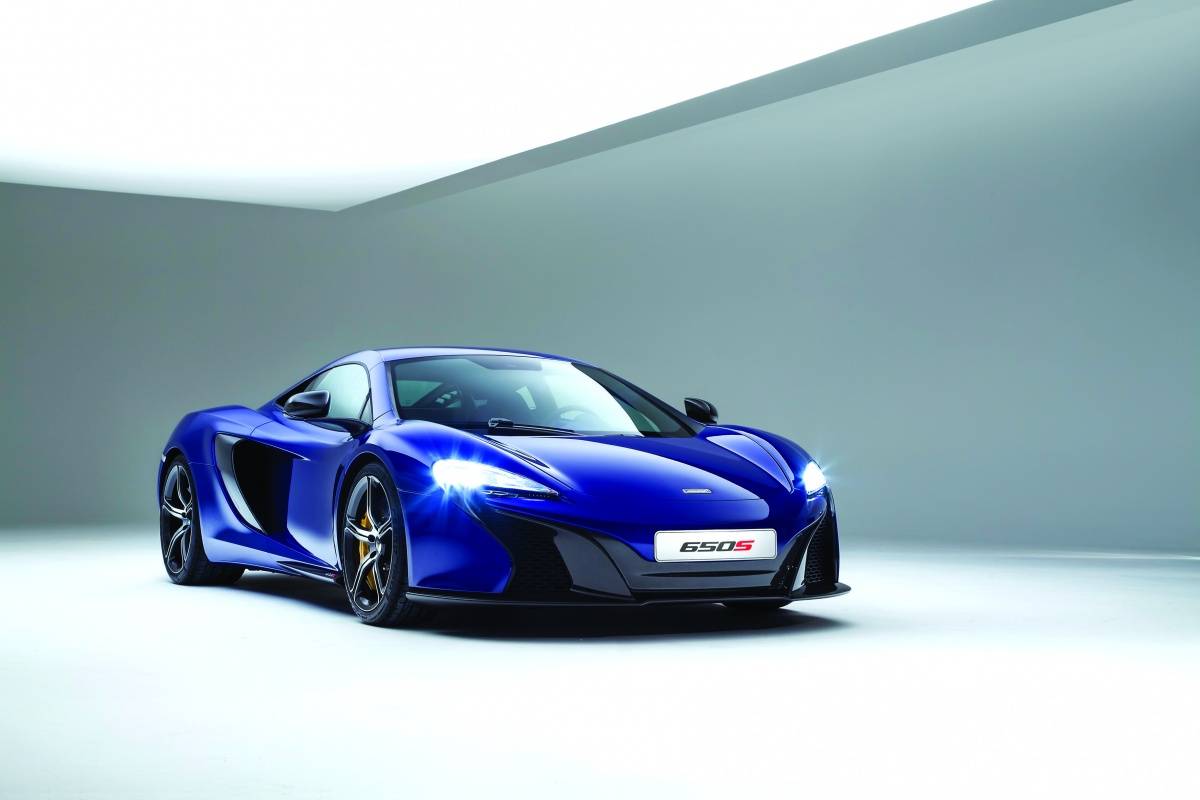Winged Rapidity: The McLaren 650S

WHEN MCLAREN ANNOUNCED THEIR MP4 12C, people were stunned by its beauty and performance yet baffled by the name, which hardly tumbled off the tongue. “What does it mean”, folks would ask? Then up sprang a group of faux cognoscenti, quickly explaining that it obviously was a four-wheel-drive car with twelve cylinders (wrong on both counts). For decades, McLaren’s cars all started with the “MP4” designation, for McLaren Production 4 (from the 1981 merger of McLaren and Ron Dennis’ Project Four), the 12 comes from the way McLaren numbers its cars based on various criteria (power, handling, overall performance) and the “C” comes from the carbon fiber.
Got that? Well, apparently enough of us didn’t so the successor car is the 650S, so named due to its 650 horses. Now that’s a clear name though it hardly describes what is, in fact, an updated MP4 12C (hardly sequential numbering, is it?). And the predecessor model, now called simply the 12C, still endures, as a less-powerful and lower-priced option.
Now that we have that out of the way, let’s look at the car (which also is available as an open-top Spider). And what a car it is! To my eye, the freshened nose and tail are terrific looking, a nicely-done homage to McLaren’s supercar, the P1. And, when the performance enhancements are added to this additional beauty, the 650S is a stunner at rest and at speed. With 641 horsepower (I know, but calling it a “641S” didn’t sound right) and 500 pounds of toque, the twin turbo V8 shoehorned into a 3,148 pound car (the Spider weighs about 135 pounds less), with a seven-speed dual-clutch transmission moves the car from naught to sixty in under three seconds (nearly Bugatti-land).
Entering and exiting the car is easier than it might look. The dihedral door (you were paying attention in geometry, right?) swings both up and out, and encompasses enough of the roof area to allow at least some chance of a graceful movement. The interior is somewhat Spartan but also appropriately cozy for a point-and-shoot road rocket like this, and thanks to the many free-range Alcantaras who gave up their lives for the betterment of mankind, the cabin feels appropriately plush.
The fun begins by spinning a few of the dash dials, one for performance and one for handling. So long as one doesn’t venture into the “Traction Control Off” territory, he’s likely to survive the stupidity of asking all of the ponies to go at once.
No question about it, this is one fast and nimble car, with a wonderful sound (less tamed than the 12C’s), great reflexes and unique but still aerodynamic looks.
Thanks to that straight-thinking architect, Louis Sullivan, we have had the phrase “form follows function” since 1896. Even though the concept was coined almost 120 years ago, and was meant for structures much slower than cars, it certainly applies to the vehicles of today. Many of today’s supercars share the same basic look, given that the Gods of the Wind and Mr. Sullivan’s concept require that they be wedgy in the front and be bedazzled with some wind interrupters – splitters and spoilers and tunnels fore and aft to create downforce – and other design features which work as concessions to aerodynamics and physics. That said, the 650S is a distinct car, given the snake-like swoop of the headlights, the interplay of black carbon fiber bits and pieces which work to create an aggressive-looking shape. One has to give thanks where thanks is due – an oncoming McLaren, be it a 650S or a P1, does not resemble anything else on the road.
The 650S is a very livable, drivable sports car, one where both driver and occupants can have fun along the way and yet arrive without the need for a massage and a nap. Although it may take a special type of vehicular limbo to learn how to accomplish a graceful entrance and exit, this is a car which one almost wears as much as occupies, and it’s both an intimate and comforting feeling.
In sum, here’s your prescription for the winter blues: Buy. Drive. Smile. Repeat steps two and three … often.














